Myna Control Program
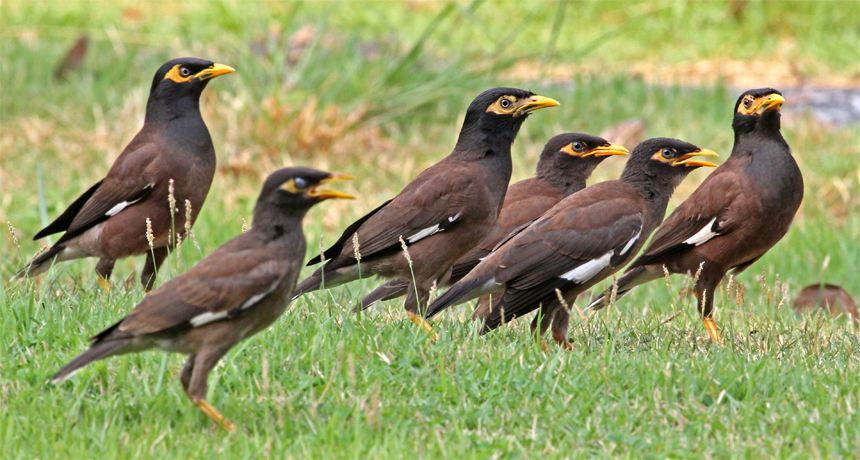
Myna Control Program
The Common Myna or Indian myna (Acridotheres tristis), sometimes spelled mynah, is a member of the family Sturnidae (starlings and mynas) native to Asia. An omnivorous open woodland bird with a strong territorial instinct, the myna has adapted extremely well to urban environments.
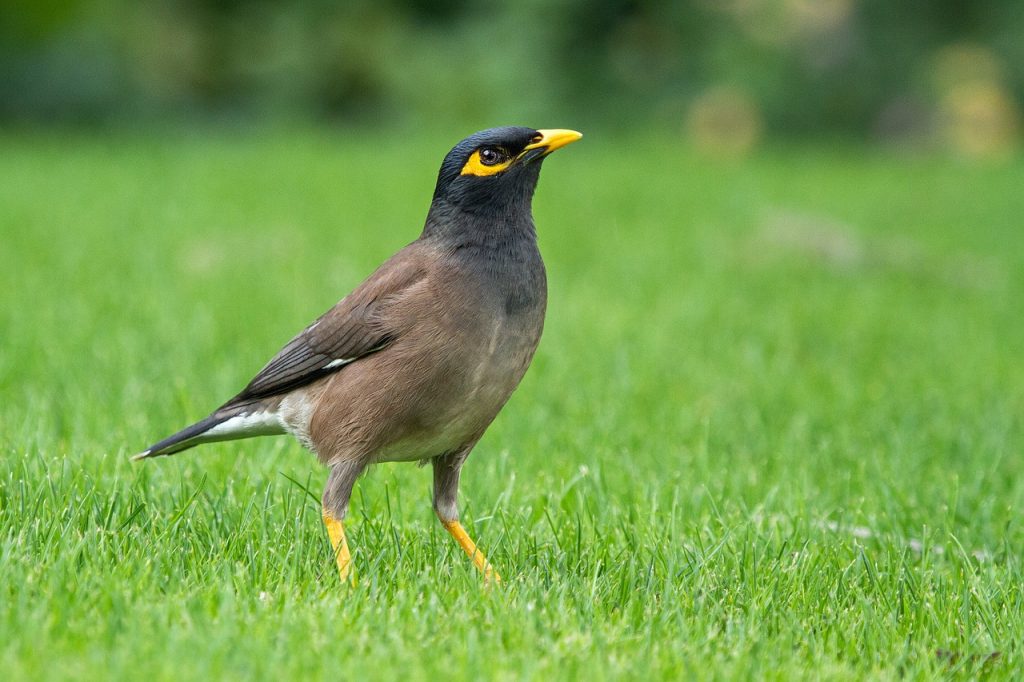
The Common Myna is an introduced species that has become a pest wherever it has been released (Hawaii, New Zealand, Israel, etc…). Mynas were introduced in Townsville 1862 in an unsuccessful attempt to combat insect pests in cane fields, and more recently in Toowoomba.
The range of the Common Myna is increasing at such a rapid rate that in 2000, the IUCN Species Survival Commission declared it one of the world’s most invasive species and one of only three birds in the top 100 species that pose an impact to biodiversity, agriculture and human interests. In particular, the species poses a serious threat to the ecosystems of Australia where it was named “The Most Important Pest/Problem”. (ABC Wildwatch)[4]
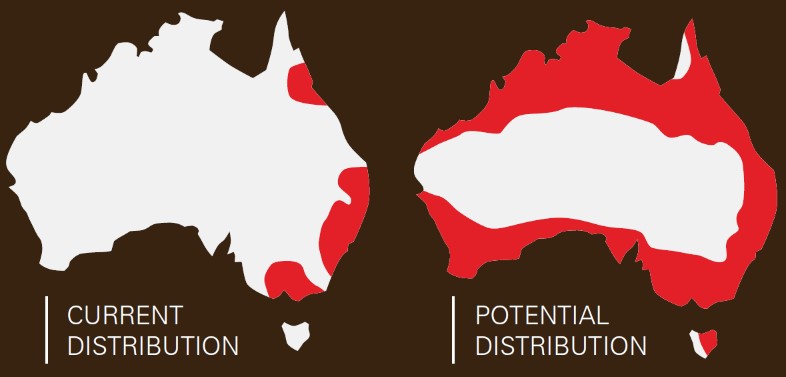
Mynas are voracious feeders (insectivores) that out-compete our native bird species for food; namely insects, worms, small lizards, plus cat and dog food. They are also known to eat the fledglings of small birds. During breeding season, they require enormous amounts of food in order to feed their young and you will see them out and about searching on the ground.
Mynas are prolific breeders, laying clutches of 4 eggs up to 5 times per year in the breeding season September to March, whereas our native Birds lays only 2 to 3 eggs per season.
Mynas are extremely territorial when nesting and will not allow other animals (including native birds and mammals) anywhere near their roosting and nesting sites, whereas native birds will co-habit together. As habitat is decreasing, demand for roosting sites is increasing. Native animals share old mature trees that have multiple hollows, but mynas will not share. They will drive away any other animal that comes close, including possums and gliders as well as native birds.
If the increasing Common Myna populations are not addressed, then they will eventually replace many native birds in our environment and become the dominant bird species across the city. Small birds like Willy Wagtails, Fairy Wrens and Pee-wees will have their chicks preyed upon, Butcher Birds and Kookaburras will be out-competed for food, and most parrots (including cockatoos) and owls will be driven away from nesting sites.
The only native birds likely to be seen will be crows, magpies and currawongs, and perhaps the native Noisy Miner, which also has territorial habits and is a nectar eater rather than an insectivore.
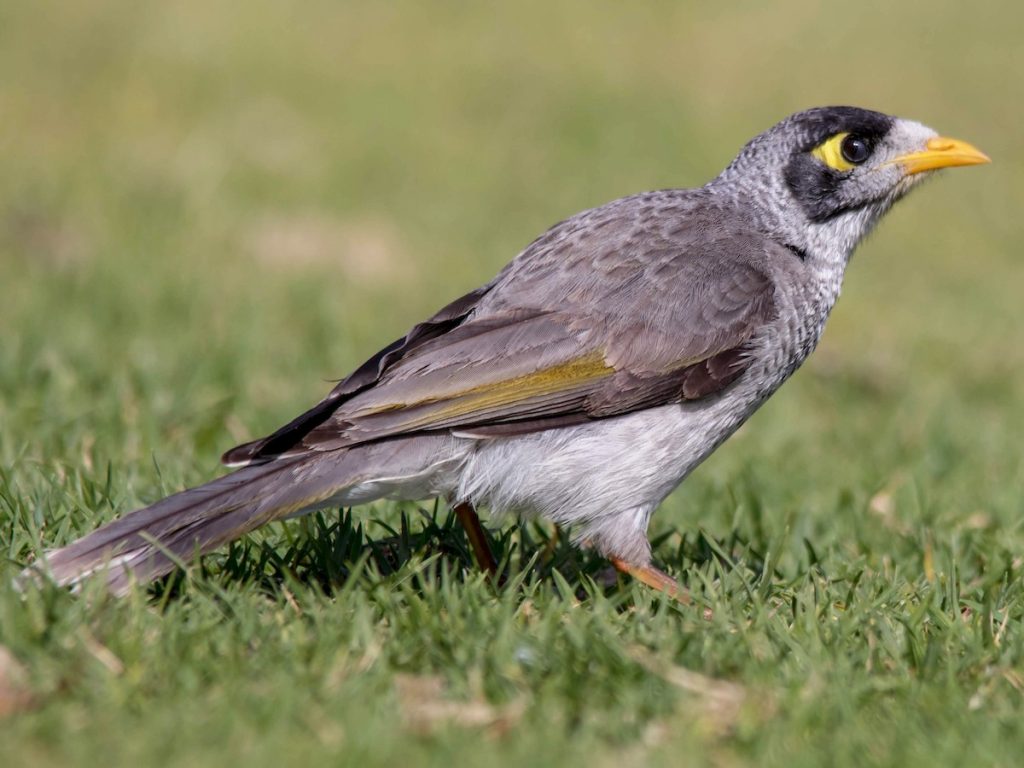
(photo by Andrew Allen ebird S48711716)
What can we do about this?
- Identify the bird in your area
- Monitor numbers and locations
- Participate in catch and control programs
Identification
Common (Indian) myna birds are chocolate brown, have a black head, yellow beak and legs and has large white patches on their black tipped wings. It is very different to our native Noisy Miner which is grey and black.
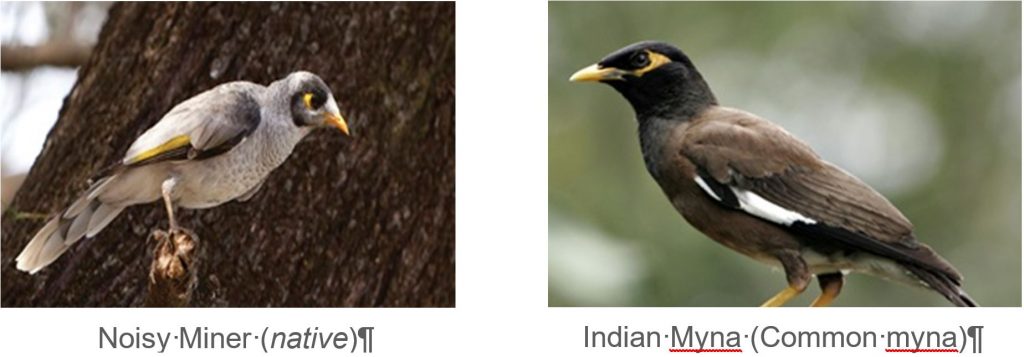
Monitoring
SLNC is asking for the Greater Springfield community to become involved in citizen science to track the invasion wave of common mynas in our region. This can be done by recording the sightings of the Common Myna bird in our suburbs via the use of the Myna Scan website (part of Feral Scan) at www.feralscan.org.au/mynascan/. The site is free to use, and you only need to record the general number of birds sighted, the location, and the date.
Catch and Control
Brisbane City Council has a myna control program operating where they spray roost sites, but Ipswich City Council currently does not.
However, Ipswich City Council does provide scientifically designed cages that specifically trap the common myna birds. Council held workshops on how to trap the birds in 2017, but there were not many cages available for residents.

SLNC contacted the Springfield/Camira Men’s Shed President Roland Brown to ask if the Men’s Shed could help make the cages. The Men’s Shed constructed four cages which have now been sent to residents in the Camira – Springfield area.
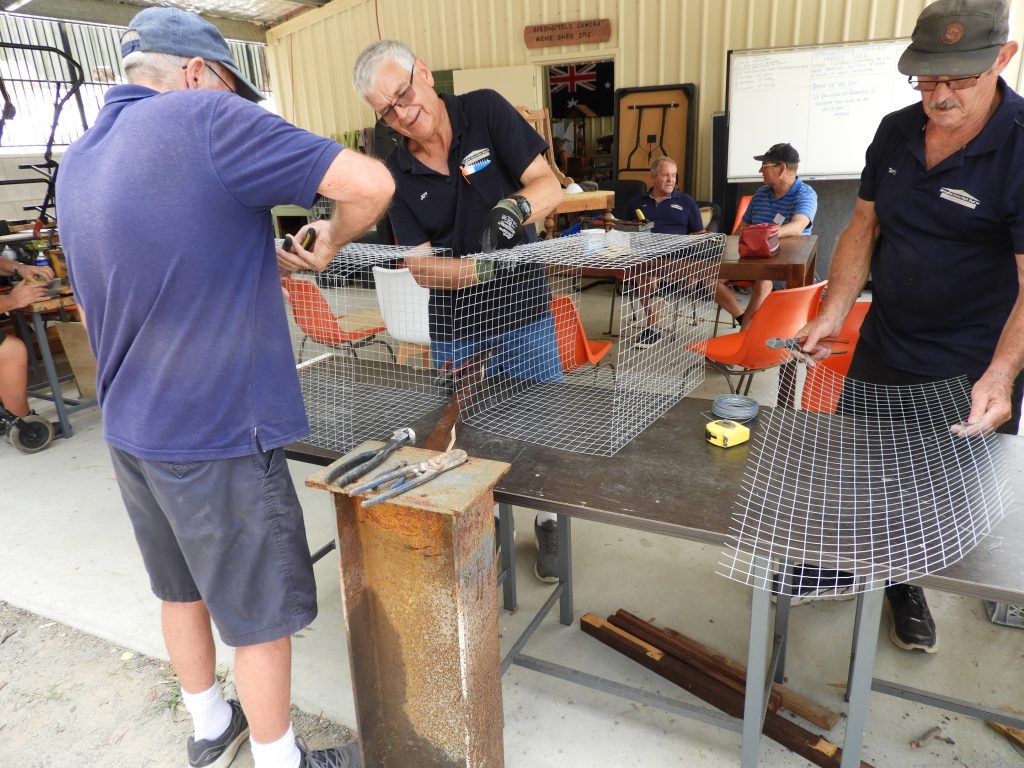
We are grateful to the Men’s Shed for their assistance and the members were great to work with. If other community groups need help with a project or if anyone wishes to become a member of the Springfield/Camira Men’s Shed, which is open two days a week, they can contact them on 0413 319 558.
Get Involved
The success of myna control will occurs when local residents are willing to be actively involved in catching these birds. Cages cannot be left in unmanned council owned parks, or any other public land. Cages can only be sited in private yards, near where mynas have been spotted.
The cages usually only attract and trap the Common Myna, but if something else is caught – it can be released safely.
If you are willing to assist in catching and removing the myna birds in our suburbs, please contact Ipswich City Council, or Springfield Lakes Nature Care at info@springfieldlakesnaturecare.org.au and we may be able to provide you with one of the cages that we have constructed as per the tested design.
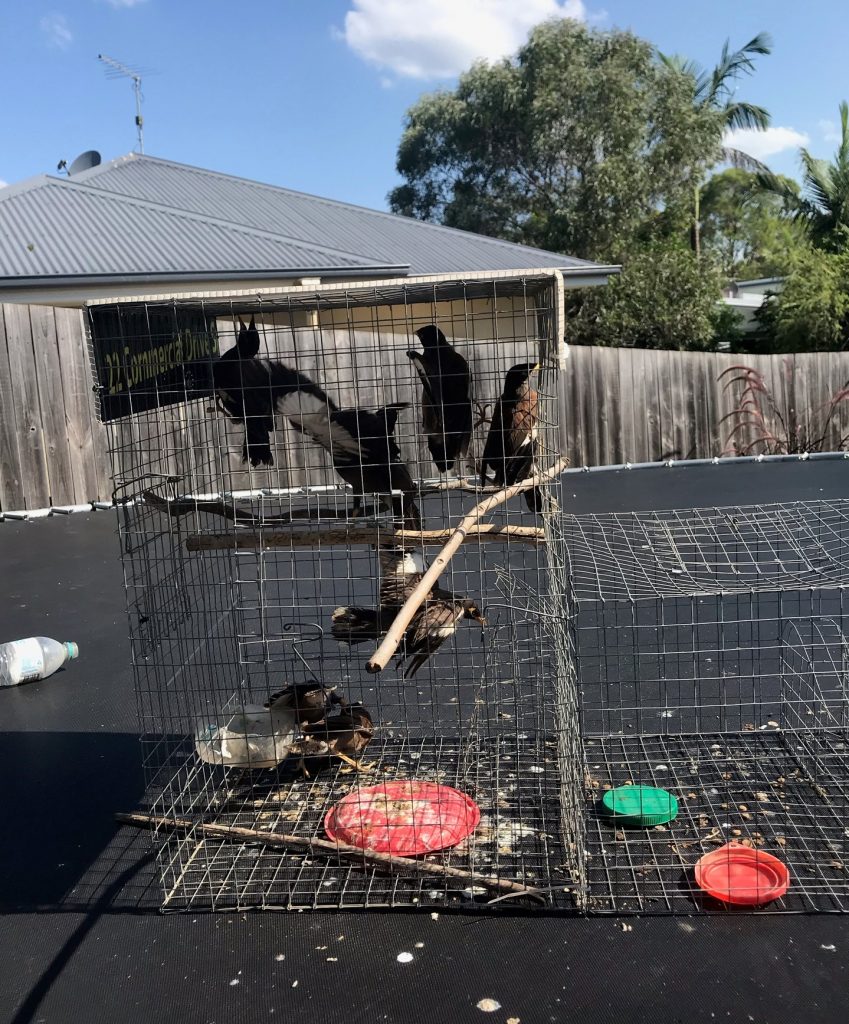
We can also assist with setting-up, provide some appropriate bait food (cat food), instructions for care of trapped birds, and we will come and remove the birds every few days local area has been depopulated.
The euthanasia method has been endorsed by the RSPCA as humane.
Mynas like tidy lawns, manicured hedges and hard surface areas, so creating a more bush like native garden will help keep them away.
Removing pet food and covering compost bins will deter both common mynas and noisy miners.
Other Landcare groups have had success in myna control endeavours. At Inglewood in southwest Queensland, the Landcare group has been removing the pest species to stop them moving further and further west. An initial count in the Inglewood area before the control period began in 2013 revealed a count of 250 individuals and five roost trees. Towards the end of the trapping period in 2015, pest myna numbers had dropped significantly to a count of 50 individual birds with just one roost tree observed. Most importantly, numbers of hollow-nesting native parrots and cockatoos were observed to have more than doubled in the same time as pest mynas decreased.
Common (Indian) Myna Facts
- Common mynas are aggressive, territorial birds that actively compete with and displace native species.
- They are a declared pest in Queensland, introduced to Australia in 1862 in an unsuccessful attempt to combat insect pests in cane fields.
- Mynas compete with native birds such as boobook owls and many parrot species as well as mammals such as sugar gliders for food and nest hollows.
- Hollows abandoned by mynas are avoided by native species for years.
- Mynas prey on and evict the eggs and young of native (especially hollow-nesting) birds.
- They carry mites and diseases that can affect humans.
- Nesting mynas can block ventilation systems in buildings.
- Mynas feed on and foul horticultural crops, particularly soft fruits.
Results so far
| Site ID | 2017 | 2018 | 2019 | 2020 | # Birds |
| 1 | 2 | – | – | – | 2 |
| 2 | 0 | – | – | – | 0 |
| 3 | 7 | – | – | – | 7 |
| 4 | 22 | 25 | 25 | 8 | 80 |
| 5 | 6 | – | – | – | 6 |
| 6 | 0 | – | – | 0 | |
| 7 | 2 | – | – | 2 | |
| 8 | 2 | – | – | 2 | |
| 9 | 11 | 27 | – | 38 | |
| 10 | 8 | – | 8 | ||
| 11 | 11 | – | 11 | ||
| 12 | 0 | – | 0 | ||
| 13 | 9 | 9 | |||
| 14 | 0 | 0 | |||
| 15 | 12 | 12 | |||
| Total | 37 | 40 | 71 | 29 | 177 |